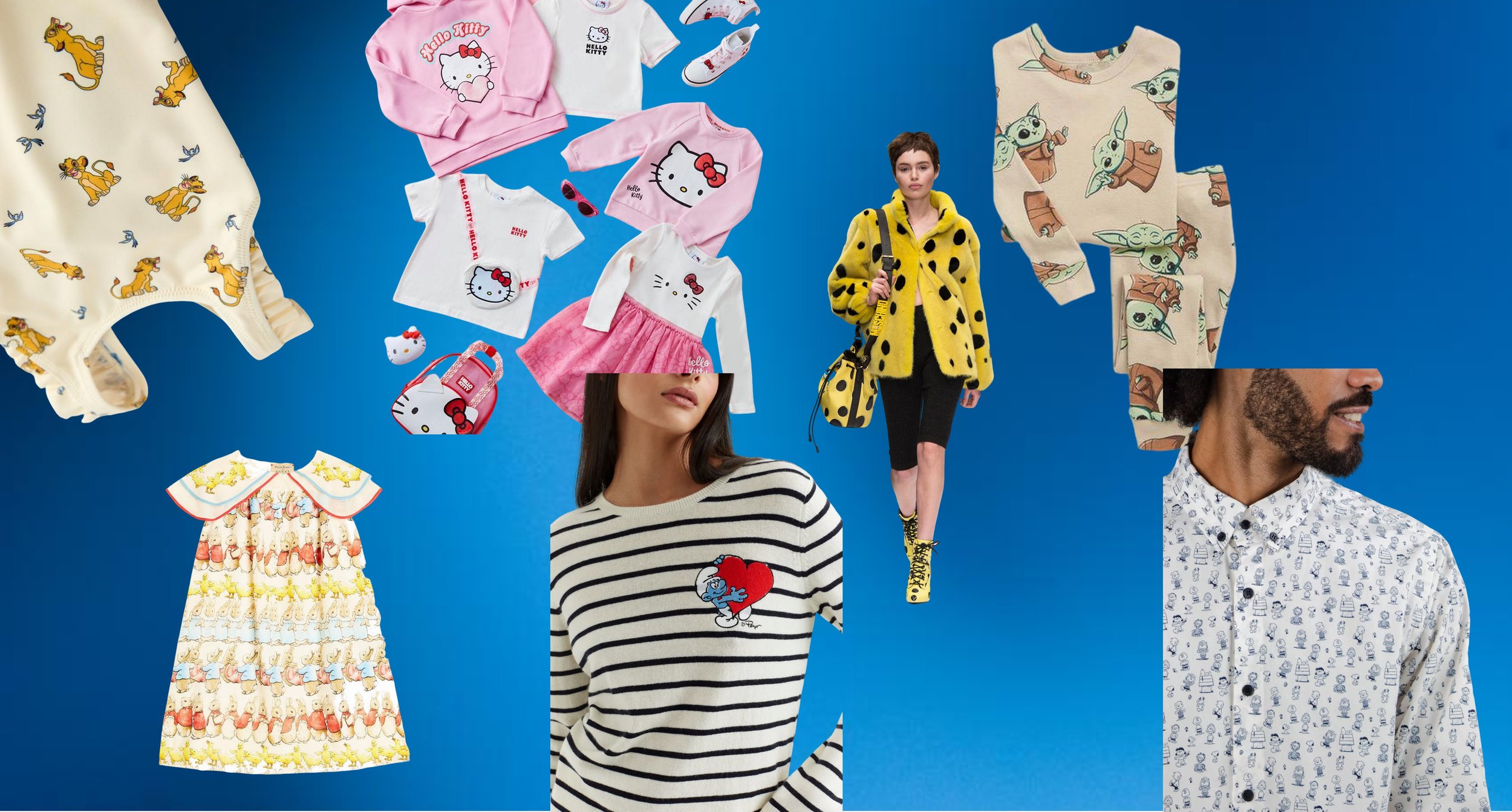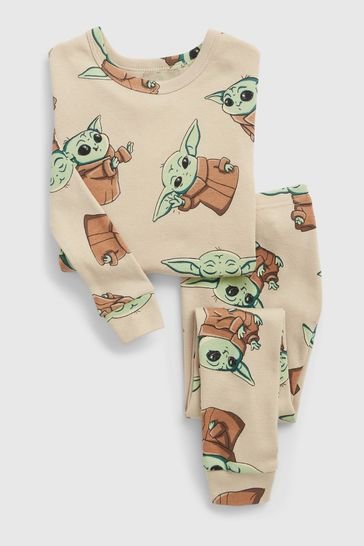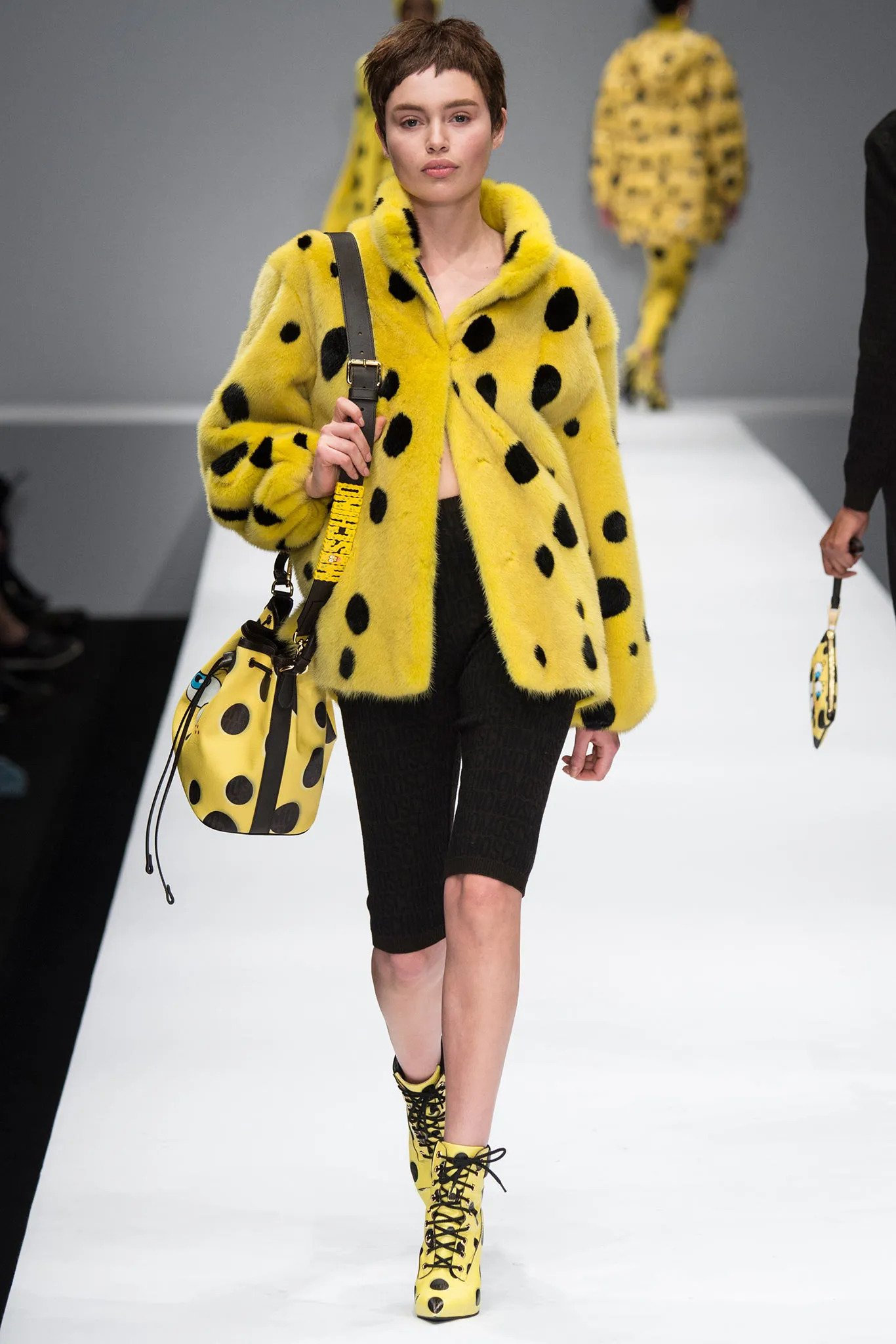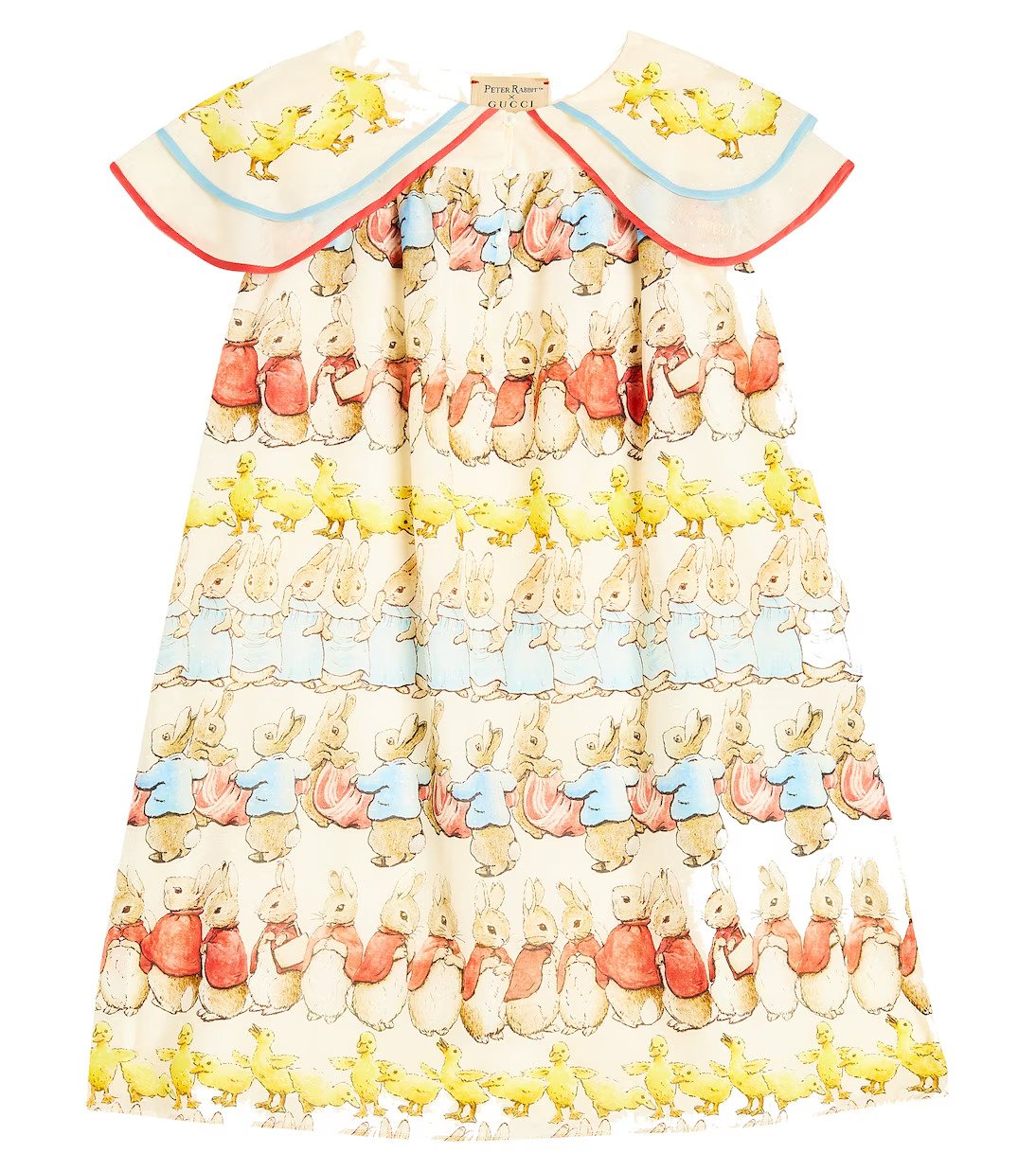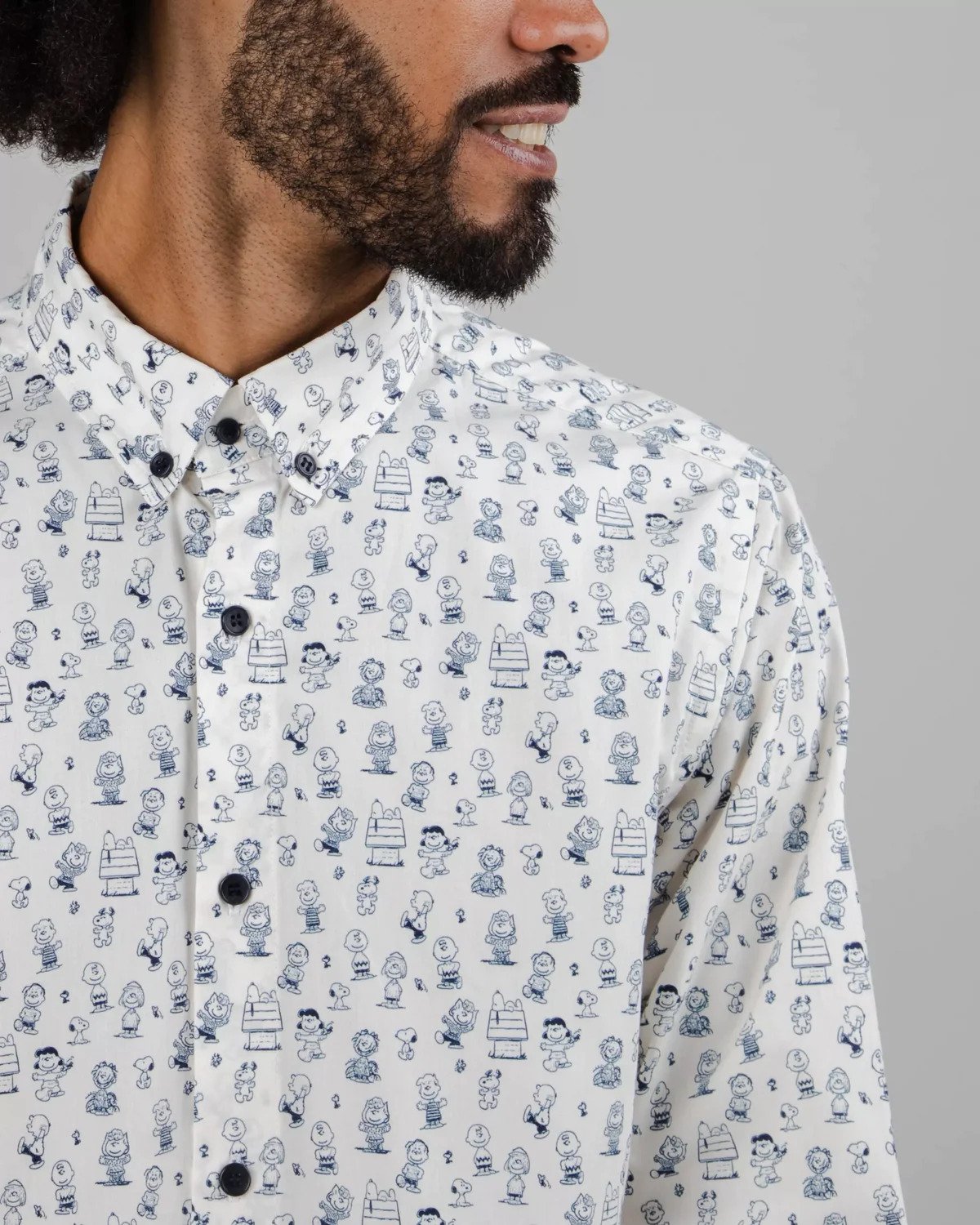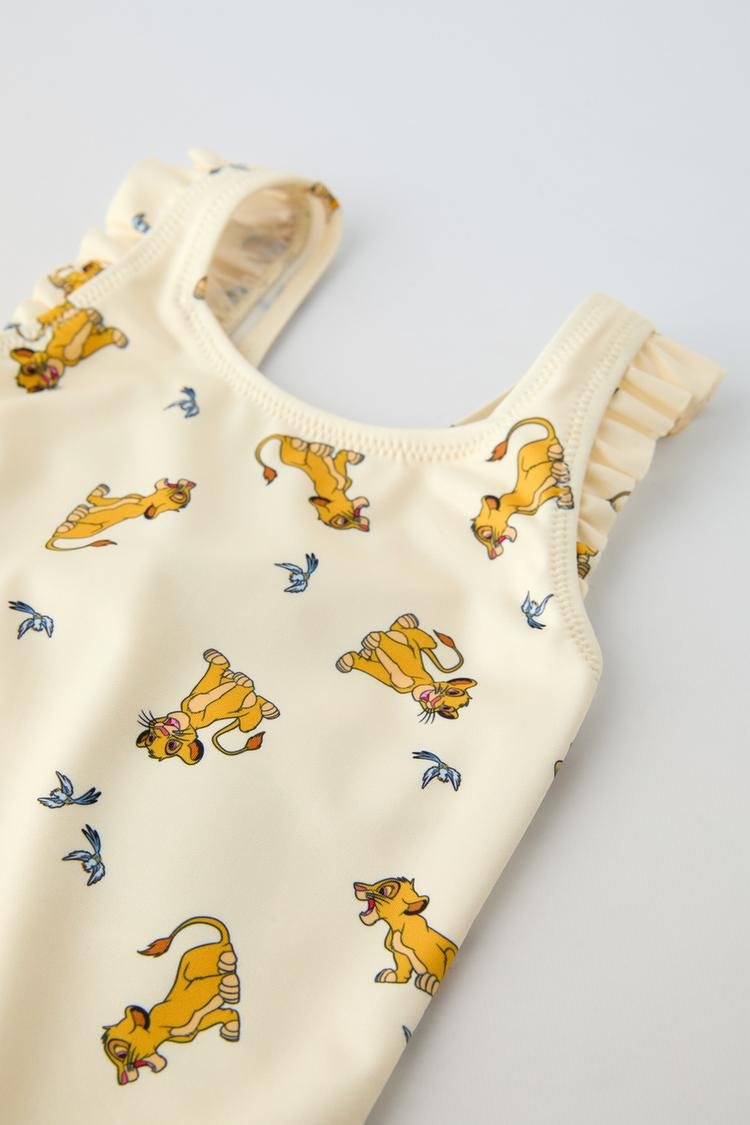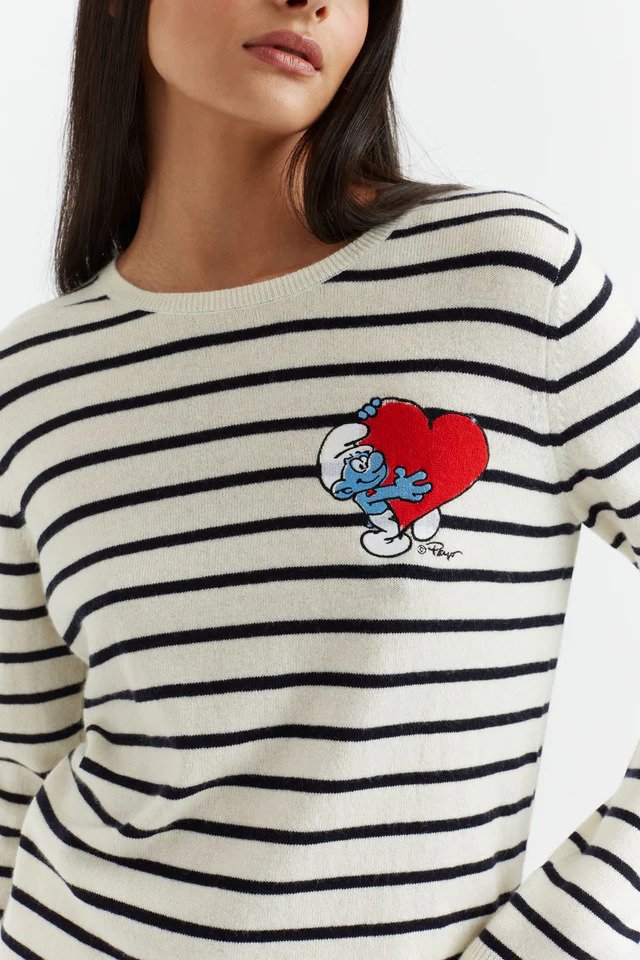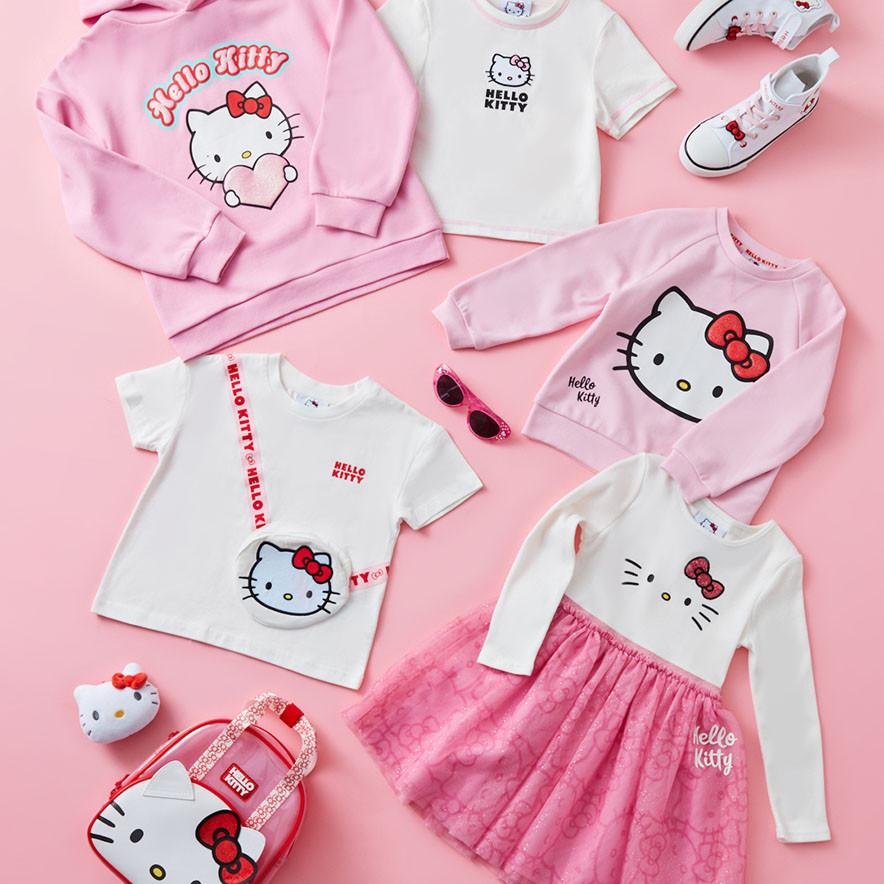Beyond Logos: Why Brand Licensing is a Powerhouse in Apparel
Brand licensing in the apparel industry goes beyond simply placing a logo on a t-shirt. Licensors like Disney, Hasbro, and Mattel leverage licensing as a strategic tool to expand brand reach, diversify product offerings, and tap into powerful consumer emotions.
Here's why brand licensing continues to be a dominant force:
Emotional Connection: Popular characters and franchises hold immense emotional value for consumers. Owning a piece of clothing featuring their favourite superhero or cartoon figure allows fans to express their identity and connect with the brand on a deeper level.
Nostalgia Factor: Licensed apparel often features characters or themes from childhood. This nostalgia triggers positive emotions and a sense of comfort, driving purchasing decisions.
Built-in Brand Recognition: Licensed characters come with established brand awareness. Consumers trust the quality and message associated with the brand, reducing the marketing burden for the clothing line.
Putting Design at the Forefront.
In the licensing space, a crucial aspect is often overlooked is the role of design. Licensors like Disney and others house very talented creative teams who craft high-quality, design led style-guides.
Beyond Logos: Licensed clothing isn't just about slapping a logo on a generic garment. Licensors invent a lot in creating unique artwork, incorporating characters and themes into fresh and innovative prints.
Diverse Product Lines: Licensing agreements extend beyond just t-shirts. Collaborations can encompass a wide range of apparel, from high-fashion collections to everyday wear, catering to various styles and demographics.
Some examples are:
High-Fashion Collaborations: Luxury brands like Gucci and Ralph Lauren have successfully incorporated licensed characters like Peter Rabbit and Mickey Mouse into their collections, demonstrating the potential for high-end design within the realm of brand licensing.
Character-Themed Apparel: Licensors like Peanuts offer clothing lines featuring their iconic characters in creative and tasteful designs, appealing to a wider audience beyond just children.
A Winning Formula.
Brand licensing, when executed effectively, combines the power of established brands with the talent of skilled designers. This powerful formula allows for:
Reaching New Audiences: Licensed apparel can introduce brands to new demographics, expanding their customer base.
Increased Revenue Streams: Licensing provides an additional source of income for the Licensor and the Licensee.
Brand Reinforcement: Done well, licensed clothing can further strengthen the brand image and positive associations consumers hold.
Brand licensing in apparel is here to stay. As consumers continue to seek unique and emotionally-driven fashion choices, studios and designers will further leverage their creative prowess to deliver high-quality, design-centric licensed apparel that caters to a diverse range of styles and preferences.
Interested in licensing for your company? Click here →
POPULAR ARTICLES:

